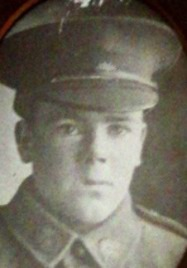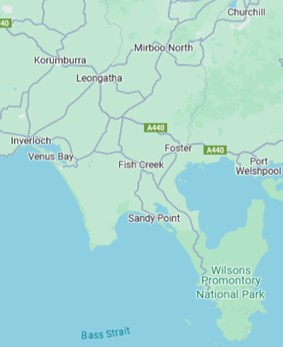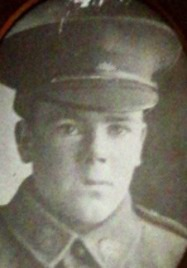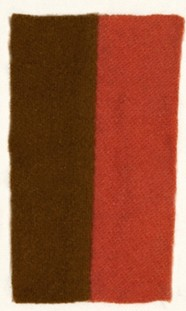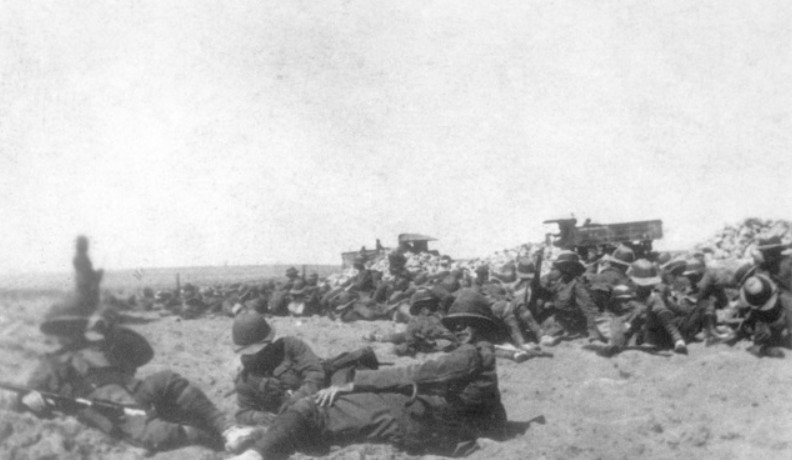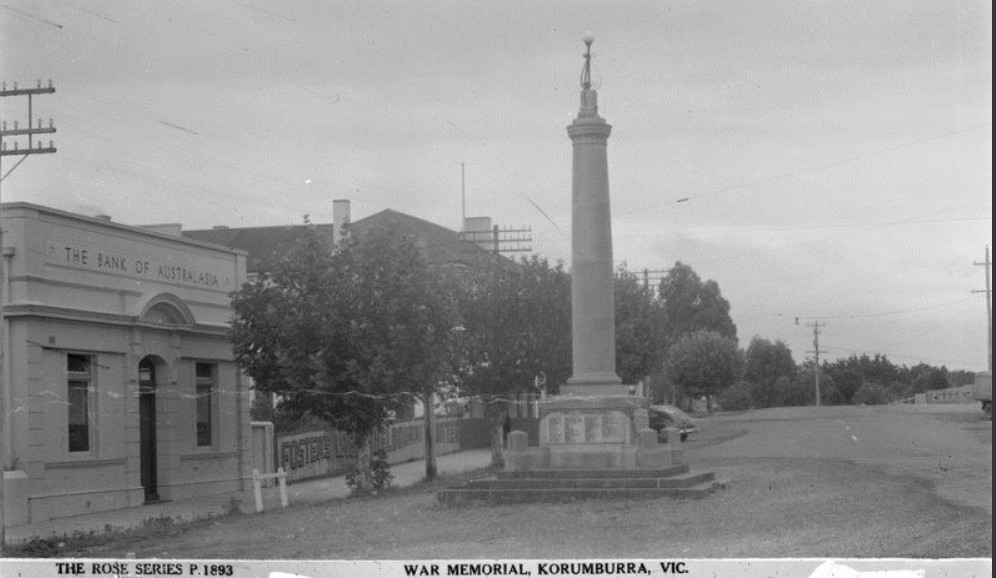John Francis PHELAN
Eyes blue, Hair dark brown, Complexion fresh
Jack Phelan – “Only 19”
Can you help us identify Jack?:
John Francis “Jack” Phelan was reported missing during the Battle of Fromelles on 19 July 1916. A Court of Enquiry held over a year later declared that he had been killed in action, but his body was never recovered. A handwritten note on his file states:"Presume to be buried in No Man’s Land approx 5J90 43 to 5K02.5.1 Sheet Hazebrouck 5A."
Like many of his comrades, Jack may have been buried by German forces in mass graves behind the lines at Pheasant Wood. In 2008, these graves were uncovered, and since then, 180 soldiers have been identified through DNA. Jack is still among the missing.
Jack’s family have come forward and provided DNA.
Early Life
John Francis Phelan, known to his family and friends as Jack, was born in 1897 in the small rural settlement of Mount Eccles, Victoria. He was the eldest son of John Francis Phelan (1863–1923), a labourer and farmer originally from Eaglehawk, and Elizabeth Josephine Maros (1861–1949), who came from a pioneering Gippsland family of Irish Catholic descent:
- Mary Josephine, 1896–1926 m John Gillespie
- John Francis , 1897-1916 KIA Fromelles
- William (Will ), 1900–1965 m Nellie Walton
- Ellen (Nellie) Mary,1905–1991 m Harry Dingle
Jack grew up on the family property along Kardella Road in the rolling hills of Leongatha, South Gippsland, alongside his three younger siblings — Mary Josephine, William (known as Will), and Ellen Mary (known as Nellie). The Phelans were a hardworking farming family deeply rooted in their Catholic faith and the close-knit rural community of Korumburra.
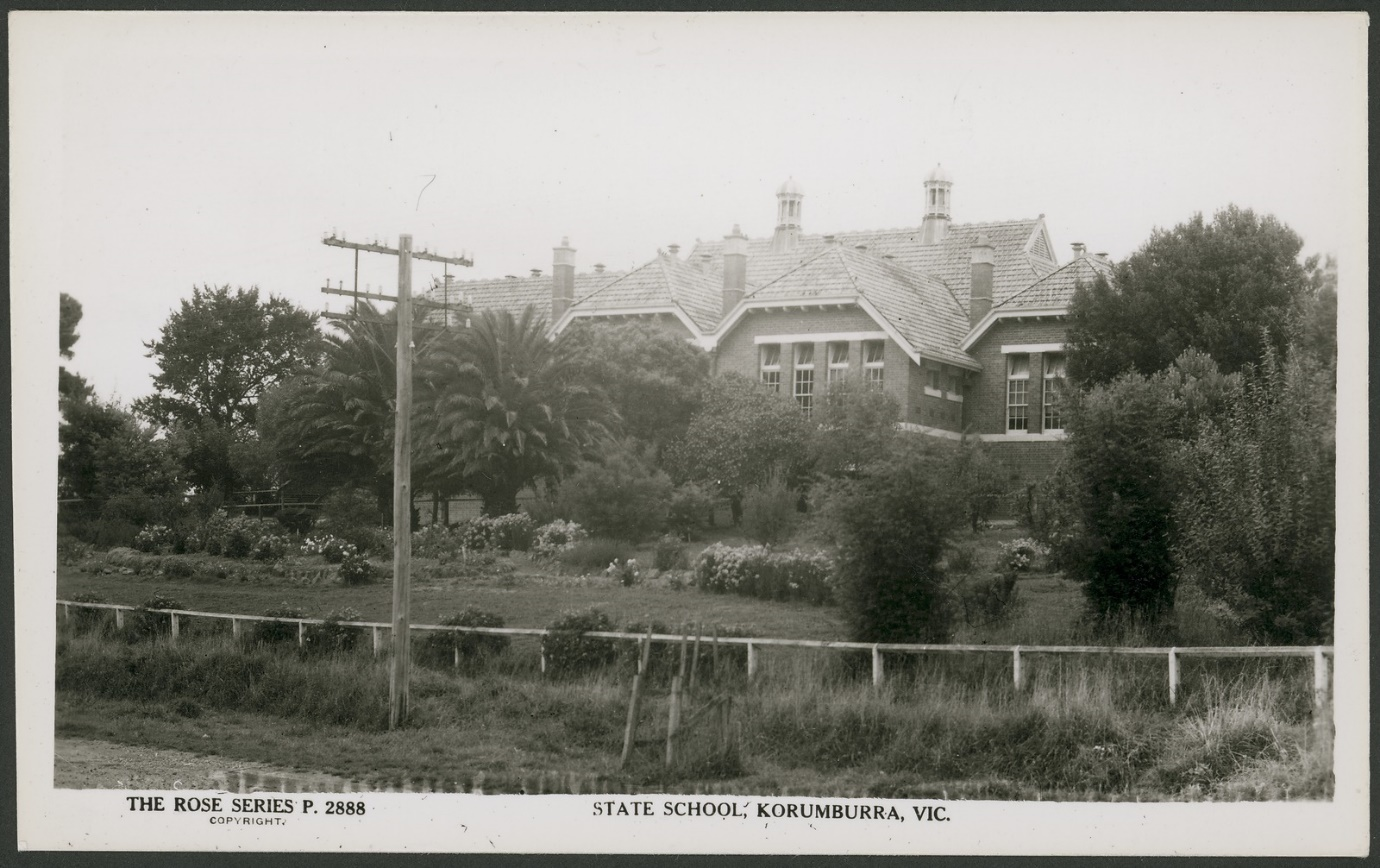
He attended Mt Eccles State School and later Korumburra State School, where he completed his basic education before taking up work on the land. Like many boys of his generation, Jack was also involved in the compulsory military training scheme — serving two years in the Junior Cadets followed by another two years in the Senior Cadets with Area 44. His cadet training record, still held in his file, notes his participation in drill and musketry exercises, preparing him for the possibility of future service.
When war broke out in 1914, Jack was only 17 — too young to enlist — but he followed the progress of the war closely. With his cadet experience behind him and a strong sense of duty, he was eager to do his part. On 9 July 1915, just weeks after his 18th birthday, Jack volunteered for the AIF in Melbourne. His parents gave their written permission for him to enlist.
Off to War
Jack was originally assigned to the 12th Reinforcements of the 8th Battalion and began training in Victoria before embarking from Adelaide aboard the HMAT Ceramic (A40) on 23 November 1915.
After weeks at sea, he disembarked in Egypt, where the AIF was regrouping following the withdrawal from Gallipoli. During the early months of 1916, Jack was stationed at Ferry Post, near the Suez Canal, where the Australian forces were engaged in defence and desert training.
Jack was officially taken on strength by the 59th Battalion on 3 April 1916 at Ferry Post in Egypt. But while in Egypt, Jack faced a number of setbacks. Six days later, on 9 April 1916, he was admitted to the 15th Field Ambulance with influenza and transferred to the 2nd Australian Casualty Clearing Station the same day. He returned to duty four days later. Only a few weeks later, he was again admitted to hospital on 26 May 1916 — this time suffering from parotitis (inflammation of the salivary glands, often caused by mumps). He rejoined his unit on 29 May.
This particularly happened to the younger boys. Despite these health challenges, Jack continued his training and was officially taken on strength of the newly formed 59th Battalion on 3 April 1916. This unit was made up of experienced Gallipoli veterans from the 7th Battalion and fresh reinforcements like Jack, many of whom came from rural Victoria. Jack was also spotted by fellow Gippsland soldiers during this time.
In a letter from Egypt published in the Stratford Sentinel and Briagolong Express, Private David Maxwell listed some of the men he had encountered while visiting the ruins of Memphis and the Sahara:
“I have seen some of the Stratford boys here, McMurray, Christie Jorgensen and Jack Phelan. George Foster is in the hospital. W. Turner and Tom Longmore are here too.”
This glimpse of Jack during his training period in Egypt shows how strongly connected the rural Victorian boys remained, even far from home.
On 18 June 1916, Jack and his battalion embarked from Alexandria aboard the Kinfauns Castle, bound for France and the Western Front. After a short stop in Malta, they disembarked at Marseilles on 29 June and began the long train journey north to the front lines near Fromelles.
The Battle of Fromelles
After arriving in France on 29 June 1916, Jack and the men of the 59th Battalion travelled north by train to the front. By 2 July they were stationed at Steenbecque, a small village about 35 kilometres from Fromelles. Their training intensified — gas mask drills, trench rehearsals, and route marches — as they prepared for what would be their first major battle on the Western Front.
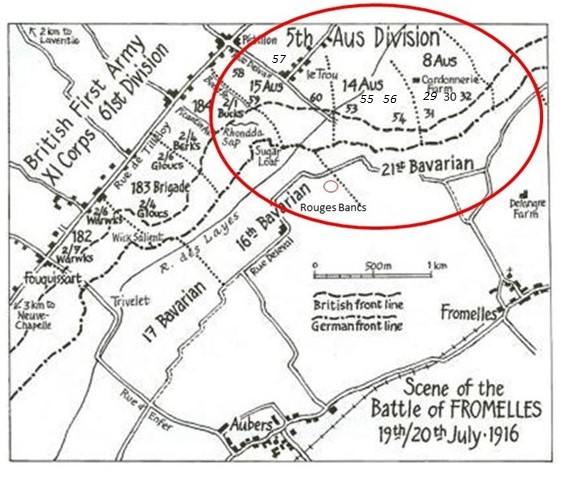
The 59th Battalion was a newly raised unit, officially formed in Egypt in February 1916. Jack had transferred into it on 3 April from the 2nd Training Battalion at Ferry Post. The 59th was made up of veterans from the 7th Battalion and fresh reinforcements like Jack — many of them rural boys from Victoria, eager but untested. On 9 July 1916, the battalion moved to Sailly-sur-la-Lys, just 1,000 yards from the front lines. The Germans were entrenched at a position known as the “Sugar Loaf” salient — a heavily fortified strongpoint bristling with machine guns. It dominated the Australian line and would prove devastating.
At 4.00 PM on 18 July, the 59th moved into the front-line trenches, relieving the 57th Battalion. Jack would have spent the next 24 hours in a tense, shell-shattered position, under constant artillery fire. Then, on the evening of 19 July, the order came. The 59th attacked in four waves, going over the parapet at five-minute intervals. A & B Companies led the charge, followed by C & D. Jack’s exact company is not recorded, but every man in the line faced the same horror — immediate and deadly fire from rifles and the enfilading machine guns of the Sugar Loaf.
Signals sent back to HQ during the assault tell the grim story:
“Cannot get on the trenches as they are full of the enemy.”
“Every man who rises is shot down.”
“They were enfiladed by machine guns in the Sugar Loaf and melted away.”
The British 184th Brigade on the right flank had also met fierce resistance and called off further attacks by 8.00 PM. But with communication cut and the salient disrupting coordination, the Australians were left exposed and unsupported. Some men from the 59th reached the German parapet, but they could not hold it. Lacking reinforcements and with mounting casualties, they were forced to retreat or take cover in shell holes and craters.
At 8.00 AM the next morning, only four officers and 90 other ranks answered roll call — out of nearly 1,000 men. More than 200 wounded soldiers were dragged back from No-Man’s-Land on 20 July. In total, the 59th Battalion suffered staggering losses, 26 killed, 394 wounded and 274 missing. Ultimately, 338 men were either killed in action or died of wounds. At least 240 of them remained unidentified. Jack was among the missing.
A Court of Enquiry held in the field on 29 August 1917 found that he had been killed in action on 19 July 1916. A handwritten note in his service file indicates:
Presume to be Buried In No Man’s Land approx 5J90 43 to 5K02.5.1 Sheet Hazebrouck 5A.
After the Battle
In the chaos following the disastrous assault at Fromelles, Jack was listed as missing in action on 19 July 1916. For his parents, John and Elizabeth of Korumburra, the uncertainty was agonising. Like so many families of missing soldiers, they clung to every rumour, every mention of his name — anything that might mean he had survived. By October 1916, Elizabeth had written to military authorities stating that she had received information from a local soldier — a mate of Jack’s — who claimed Jack had only been slightly wounded and was recovering in hospital somewhere. This sparked a series of inquiries from the family.
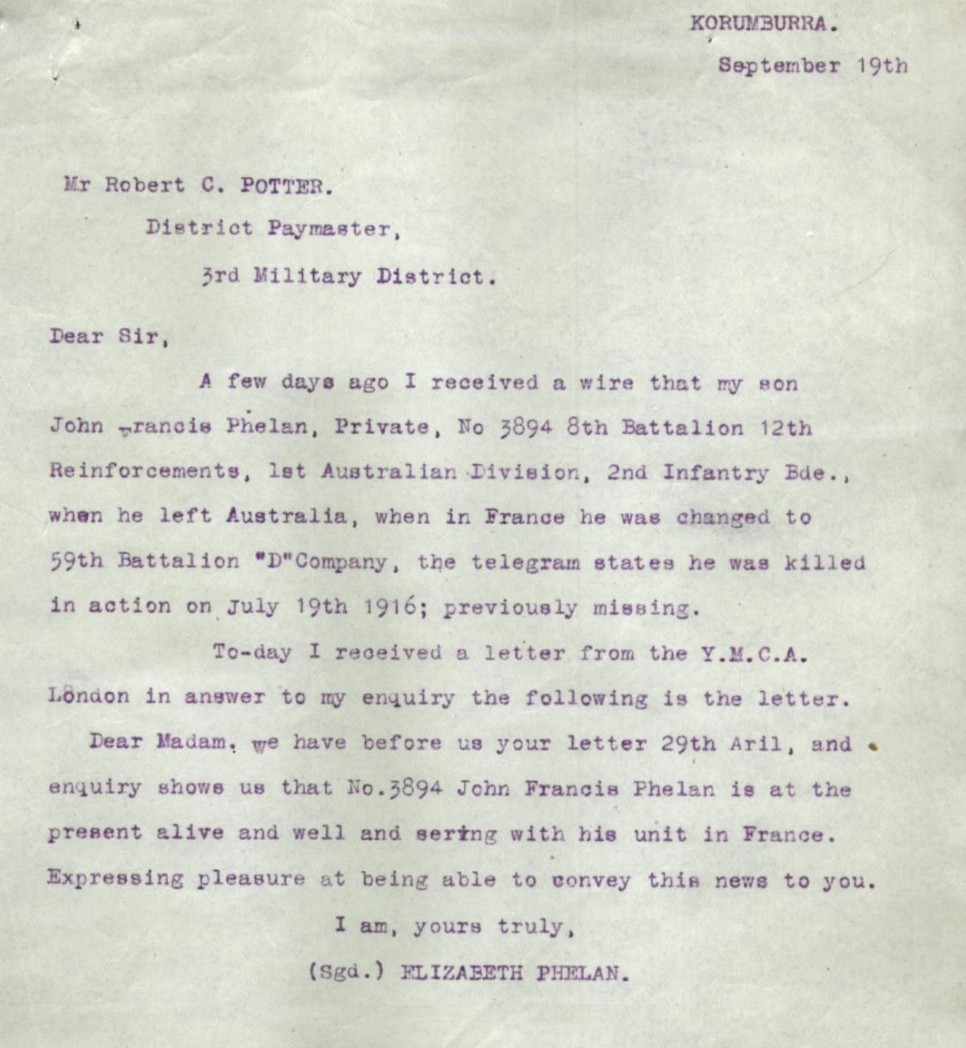
On 2 October 1916, Mr. Lloyd of the YMCA Committee in Korumburra wrote on the family's behalf to seek confirmation. Reports continued to circulate. One Private Wilkinson claimed he had seen Jack in England, suffering from shell shock and wounded in the arm. Wilkinson named Weymouth Hospital, Hut 17, West Ham, as the location, and even identified a photograph of Jack sent by Elizabeth.
The uncertainty and misinformation took a terrible toll on the Phelan family. A letter from Jack’s father, written on 28 June 1917, captures their distress and desperate hope:
“Dear Sir, I see by the Age that the kits of soldiers who have died at the front are to be forwarded to their relatives. If you could let me know whether any kit has been found belonging to my son No. 3894 Pte J.F. Phelan… I have had no information for some time. A soldier mate of my son reported in April that he heard at Weymouth that J.F. Phelan was in hospital there with a wound in the shoulder. I wrote to Weymouth and to the Red Cross but have heard nothing. I would be thankful if you could make inquiries. Yours faithfully, J. Phelan, Kardella Road, Korumburra.”
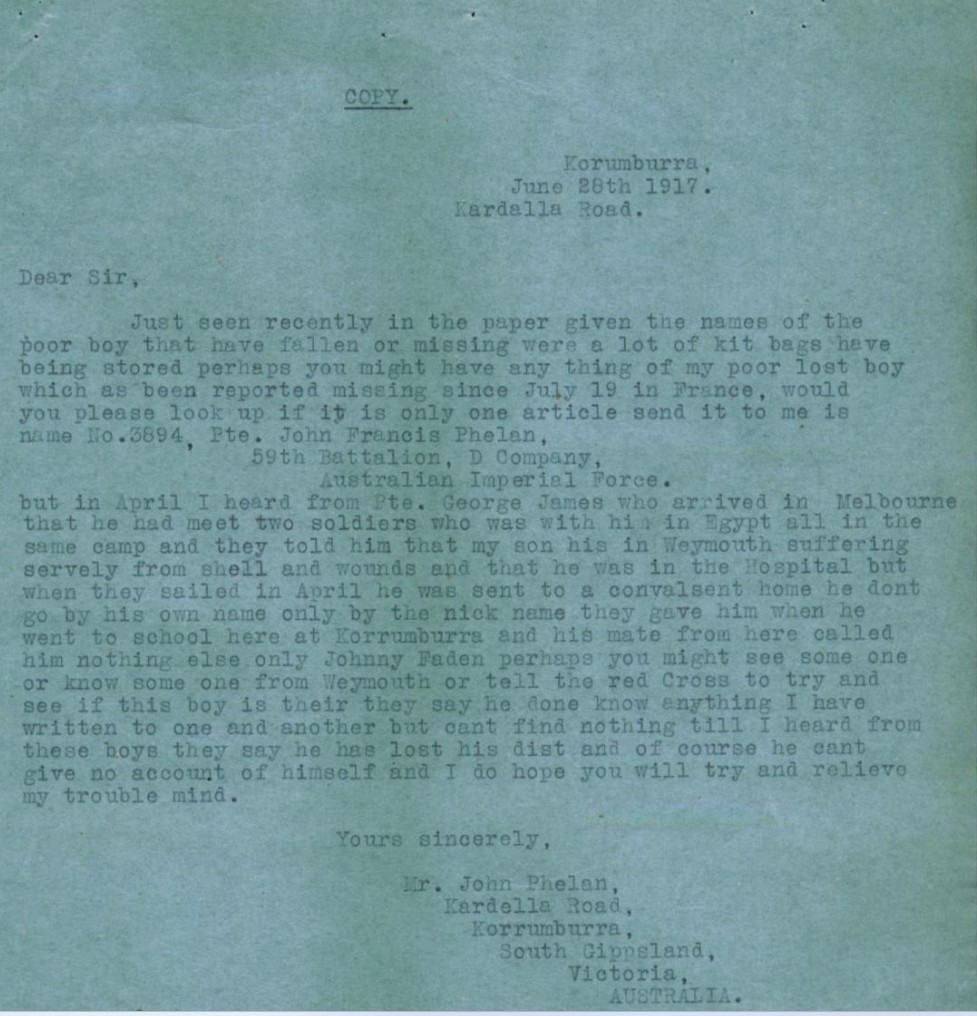
Adding to the confusion, on 27 June 1917, Elizabeth received an official letter from the Department of Defence stating that Jack was alive and well and serving in France — over 11 months after he had been killed. This proved to be tragically untrue. On 17 September 1917, the family finally received the devastating confirmation. A Court of Enquiry held in the field had determined that Private John Francis Phelan had been killed in action at Fromelles on 19 July 1916.
No personal effects were ever returned. No grave was ever located. For the Phelan family, there would be no burial, no headstone, and no closure.
Jack's name is engraved on the V.C. Corner Australian Cemetery and Memorial at Fromelles, alongside more than 1,300 Australian soldiers who died in the battle and have no known grave. He is also remembered on the Australian War Memorial Roll of Honour in Canberra (Panel 168), and closer to home, on the Korumburra War Memorial in South Gippsland.
The people of Leongatha and Korumburra remembered him with pride. His name was included in community honour rolls, and in newspapers his parents placed appeals and enquiries for over a year, desperately hoping for good news. His cadet service, school ties, and warm local reputation ensured he was mourned not only as a soldier, but as a young man taken far too soon from his family and community. Jack’s legacy endures through remembrance.
Remembering Jack
John Francis “Jack” Phelan is still among the missing. He was last seen during the assault at Fromelles on 19 July 1916 and is believed to be buried in No-Man’s-Land or in a mass grave behind the German lines. His name is commemorated at V.C. Corner Cemetery, with no known grave. In 2008, mass graves were discovered at Pheasant Wood containing the remains of 250 Australian and British soldiers.
Family members have came forward to provide DNA to help identify him should his remains ever be located — a final act of love and recognition more than a century later.
DNA samples are being sought for family connections to
| Soldier | John Francis Phelan (1897–1916) |
| Parents | John Francis Phelan (1863–1923) and Elizabeth Josephine Maros (1861–1949) |
| Siblings | Mary Josephine Phelan (1896–1926) | married John Gillespie | |
| William (Will) Phelan (1900–1965) | married Nellie Walton | ||
| Ellen (Nellie) Mary Phelan (1905–1991) | married Harry Dingle |
| Grandparents | |||
| Paternal | Michael Phelan (1815–1894) and Mary Ivery (1825–1907) | ||
| Maternal | Guillame (William) Maros (1813–1893) and Mary Duggan (1830–1909) |
Seeking DNA Donors

Contacts
(Contact: carla@fromelles.info or geoffrey@fromelles.info).
(Contact: army.uwc@defence.gov.au or phone 1800 019 090).
Donations
If you are able, please contribute to the upkeep of this resource.
(Contact: bill@fromelles.info ).
